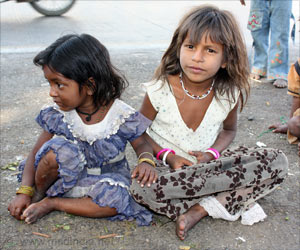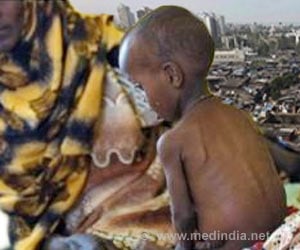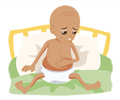Kids exposed to family adversity may respond well to parenting interventions, whereas poor kids may benefit from interventions targeting disruptive behaviour.

‘There is no shortage of theories explaining behavior differences among children. The prevailing theory among psychologists and child development specialists is that behavior stems from a combination of genes and environment.’





The study of young children experiencing homelessness, high-quality parenting was associated with better peer relationships and protection from internalizing problems in the context of family adversity. In contrast, risk factors related to poverty were linked with more disruptive behaviour and worse teacher-child relationships, even when parenting was strong. The study included 245 homeless parents and their children, aged 4 to 6 years. The findings suggest that children exposed to high family adversity may respond well to parenting interventions, whereas children in extreme poverty may benefit from interventions targeting disruptive behaviour and enhancing teacher-child relationships. "These results emphasize the importance of high-quality parenting for social-emotional development, but also its potential limits.
Severe poverty may overwhelm the benefits of strong parenting for children's behaviour, suggesting that interventions promoting child resilience need to reduce poverty-related risk in addition to building protective factors in the family," said lead author Madelyn Labella. The study appears in the journal Child Development.
Source-ANI










